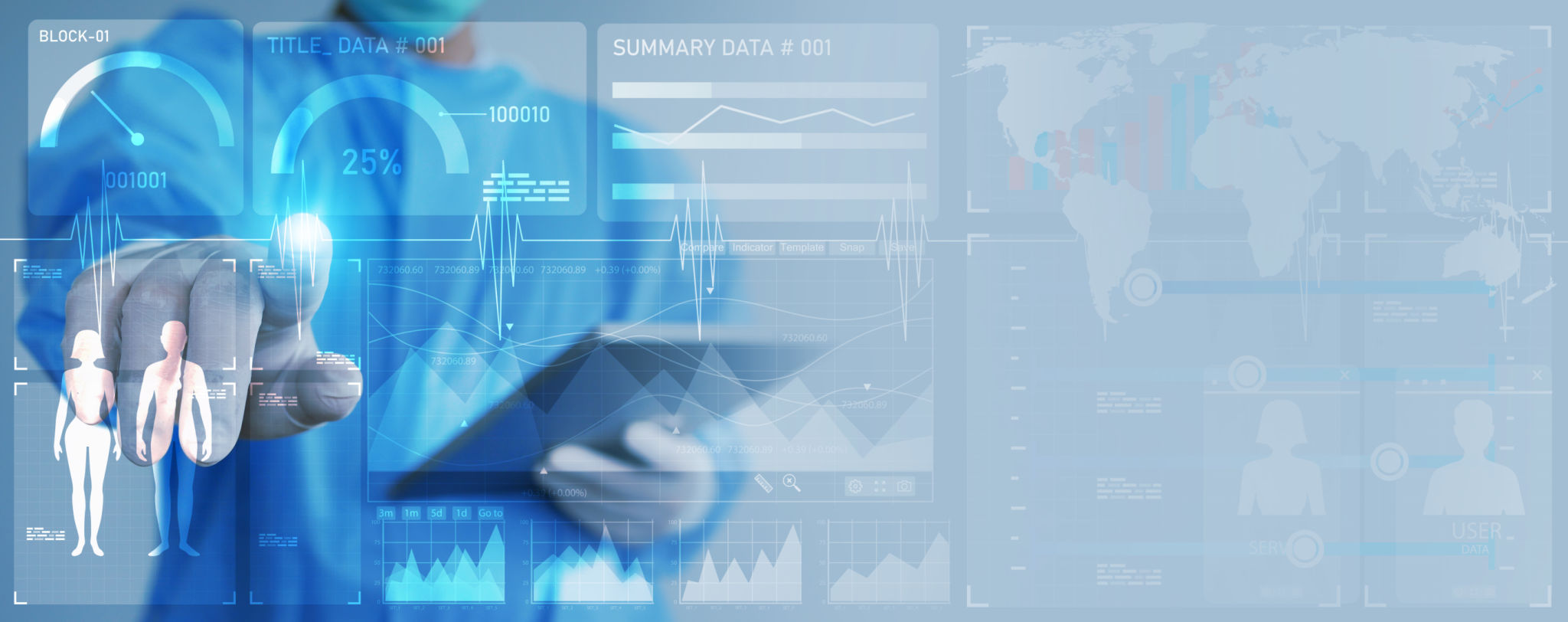Understanding Clinical Data Management: A Guide for Beginners
CE
Introduction to Clinical Data Management
Clinical Data Management (CDM) is a crucial part of clinical research, ensuring that data collected during clinical trials is reliable, accurate, and accessible for analysis. For those new to the field, understanding the basics of CDM can provide a solid foundation for further exploration into the world of clinical research.
CDM involves a range of processes and technologies that work together to manage data collection, validation, and analysis. With the increasing complexity of clinical trials, effective data management is essential for successful outcomes. Let's delve into the key components that make up clinical data management.

The Role of Data Collection
Data collection is the first step in the clinical data management process. It involves gathering information from various sources, such as patient records, laboratory tests, and medical imaging. This data is then entered into a clinical database for further processing.
To ensure accuracy, clinical data managers must ensure that data is collected consistently and in compliance with regulatory standards. This requires a deep understanding of data entry protocols and the use of electronic data capture (EDC) systems.
Electronic Data Capture (EDC) Systems
EDC systems have revolutionized how data is collected in clinical trials. These systems allow for real-time data entry and validation, reducing errors and improving data quality. EDC systems also facilitate remote monitoring, allowing researchers to track progress and make informed decisions quickly.

Data Validation and Cleaning
Once data is collected, it must undergo a thorough validation process to ensure its accuracy and integrity. Data validation involves checking for inconsistencies, missing values, and errors that could compromise the study's outcomes.
Data cleaning is a critical step in CDM, as it involves correcting or removing inaccurate records from the database. This process is essential for maintaining the reliability of the data and ensuring that analysis results are meaningful.
Importance of Standardization
Standardization plays a vital role in both data collection and validation. By adhering to standardized protocols and formats, clinical data managers can ensure consistency across different studies and facilitate easier data analysis. This makes it possible to compare results across various trials accurately.

The Final Steps: Data Analysis and Reporting
After data has been validated and cleaned, it is ready for analysis. Statistical methods are used to interpret the data, identify trends, and draw conclusions regarding the safety and efficacy of a treatment or intervention.
The findings from this analysis form the basis of clinical study reports, which are essential for regulatory submissions and decision-making by healthcare professionals. Effective reporting requires clear communication and an understanding of regulatory requirements.
Conclusion: The Future of Clinical Data Management
In an era where data-driven decisions are paramount, understanding clinical data management is more important than ever. As technology continues to evolve, so too will the methods and tools used in CDM, offering new opportunities for efficiency and accuracy.
For beginners looking to enter this field, gaining knowledge in CDM processes and staying updated with industry advancements will be invaluable steps toward a successful career in clinical research.